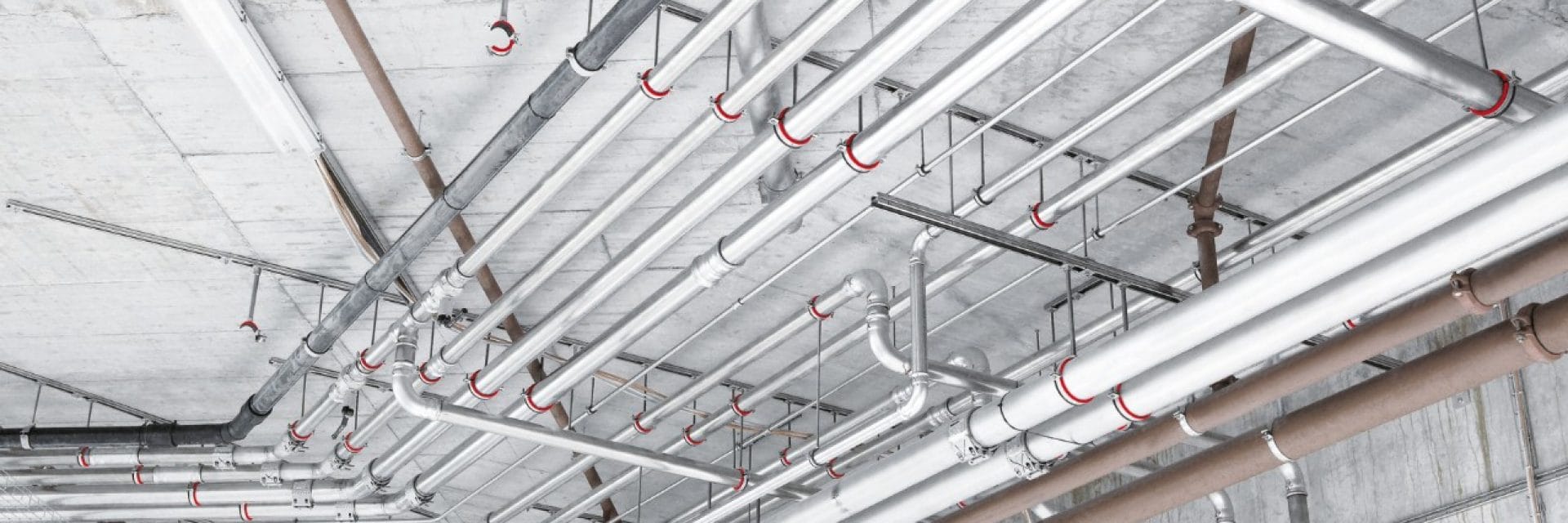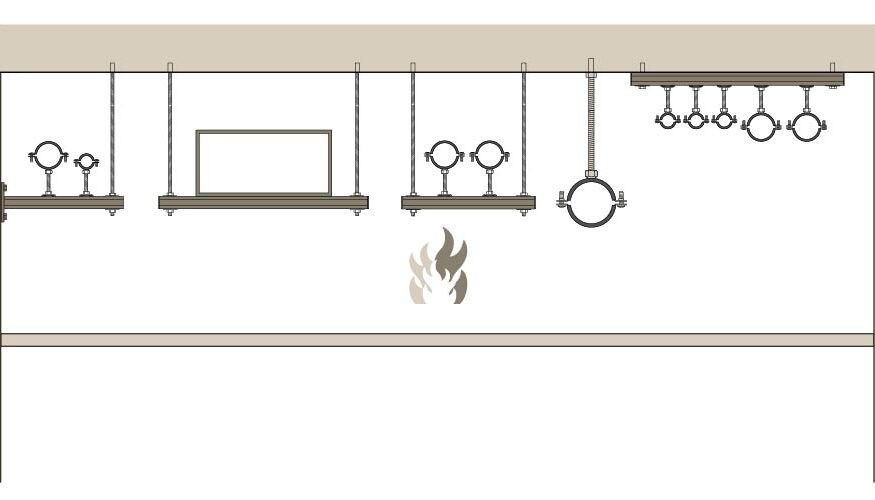- Home
- Solutions
- Solutions
- Modular Support Systems
- Design Guidelines
- Fire Resistant Design
- Legal Requirements
LEGAL REQUIREMENTS FOR FIRE PROTECTION
European regulations for fire resistant building design

It’s important to consider legal requirements for fire protection, right from the start of your design.
Fire regulations can differ from country to country and they can also differ from one type of building to another.
How long a suspended ceiling or curtain wall lasts in a fire depends on the structure. So fire protection guidelines outline requirements for different classes of building, from a small residential building to a huge industrial facility.

HOW TO BUILD FIRE ESCAPE AND RESCUE ROUTES
One of the most important considerations when designing for fire protection is giving people inside the building enough time to get out if there’s a fire.
The German guidelines MLAR [4] (current version 11/2005), describe how to keep escape routes free and for how long in the event of a fire.
MLAR [4] key messages include:
- For fire rated suspended ceilings, the required fire resistance must be guaranteed in the event of a fire coming from above and below the ceiling.
- Special requirements must be observed for modular support systems, installed between the structural ceiling and the suspended ceiling.
KEY EUROPEAN STANDARDS
EN 13501 and EN 1366-1:2104 are some of the key harmonized European standards that are applicable to all European countries, for fire resistant design for ventilation ducts and smoke control.
In addition the German MLAR directive also explains how important fire safety is in ventilations systems:
- Section 5.2.2 refers to the ventilation lines, which need to be fire resistant. It states that the fire resistant line sections need to be fixed with corresponding fire resistance building components.
- Section 5.2.4 refers to ventilation lines above suspended ceilings. It states that if ventilation lines are installed above fire rated suspended ceilings then the ventilation lines need to be fixed in such a way that they don’t fall down in the event of fire (see DIN 4102-4:1994-03 [6], chapter 8.5.7.5).
